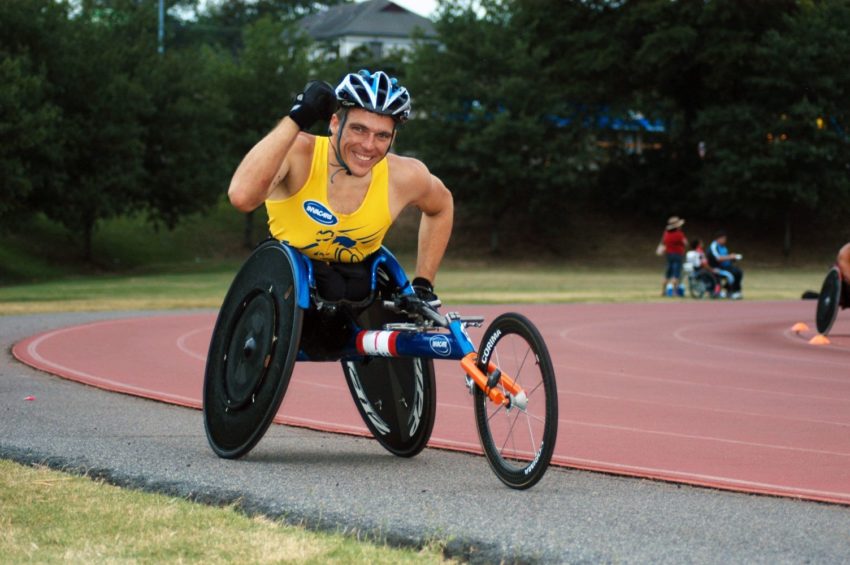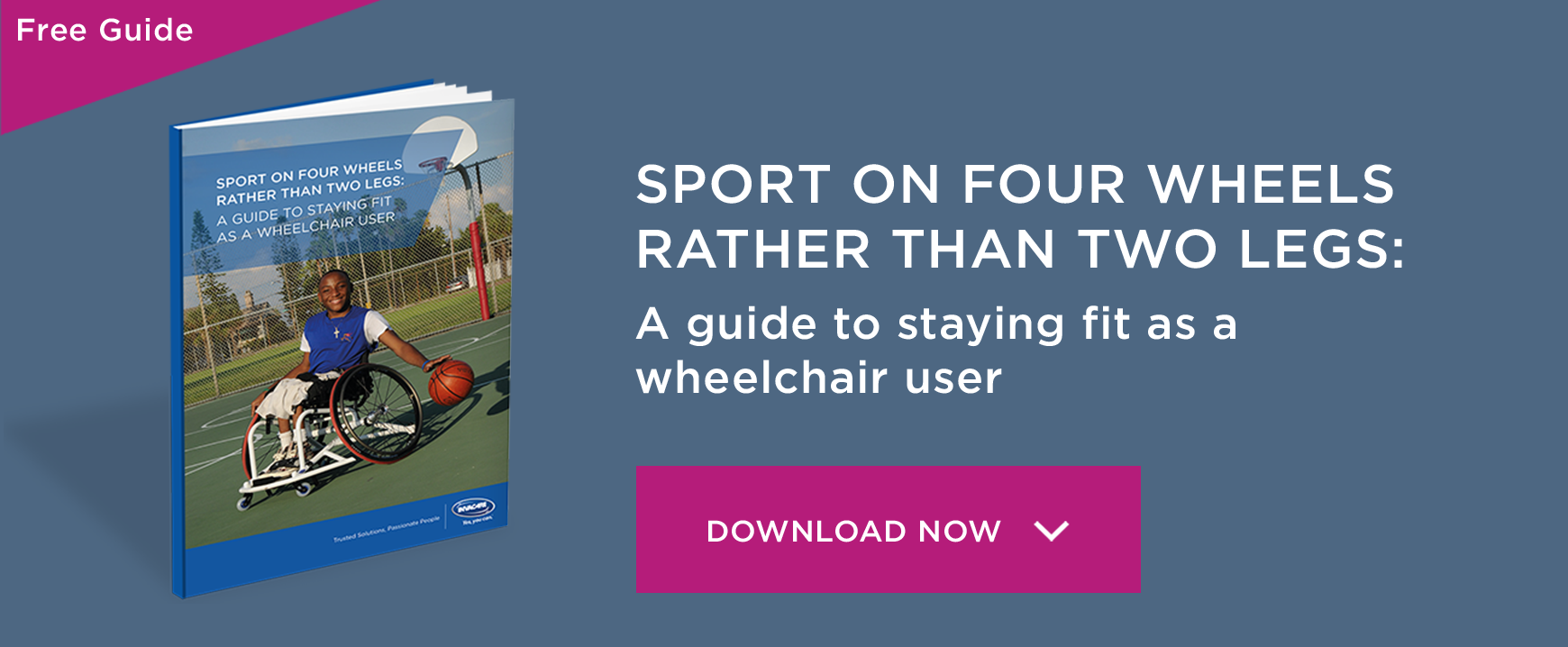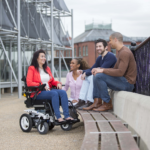Overcoming physical disabilities in sport

Physical disabilities can often be perceived as a barrier in engagement of many daily tasks but particularly in leisure or sporting activity.
As society becomes more familiar with meeting disability needs the adaptations or compensatory approaches adopted to empower independent engagement in day-to-day tasks have become standard or normalised rather than specialist.
Adaptations such as level access showers, accessible kitchens and altered access/egress have become routine installations for trades and although I accept this is likely not the case everywhere, or indeed standards and perceptions of disability still fluctuate, the adaptations themselves are no more costly or complicated than any other design.
This has been supported by legislation for example Approved Document M and the Care Act (2014) in the UK, which provide far clearer rules around environmental design and non-discriminatory provision. There may be comparative documents elsewhere within the EU but this UK legislation provides an example to illustrate the point being made.
Why is it therefore that access to sport can be so difficult with a physical disability?
Venues
Despite the legislation participants and spectators with physical disabilities often cite access to or within the venue as a major hurdle. In my experience this often however refers more to uncertainty when information is not clearly provided online about a venue’s layout or accessible facilities rather than the actual lack of provision. On some occasions venues do not offer the ability to reserve wheelchair spaces online or these spaces are very limited in number.
It is incredibly important that if we want people with physical disabilities to be able to engage in sporting activities then we consider them as spectators and lovers of the sport also.
Transport
As someone who is not a wheelchair user I am able to use public transport to get to most sporting and leisure events without a great deal of fuss; quick check of the train or bus timetable and I’m off. For a wheelchair user or someone with another form of physical disability it might not be so simple. Getting accessible transport at the time you need may remain a challenge despite improvements over recent years.
Overall these points demonstrate that it might take more consideration and effort to engage in sport with a physical disability at therefore limiting its appeal.
However, engagement in disabled sport overall is increasing with significant public interest so despite the challenges what is helping people to get involved?
Equipment
My experiences as a therapist supporting wheelchair users to engage in activity suggest that alongside a sociocultural change the increase in availability of sporting equipment for participants with a physical disability has been the biggest factor.
Availability of equipment to support engagement in sports such as basketball, road racing and tennis has become more mainstream whilst at the same time being pushed to provide for both elite and beginner sport. Wheelchairs in particular have developed to provide flexibility of engagement in all sports which has influenced non-traditional sports such as cheerleading for example to flourish.
Ultimately participation in sport and leisure for anyone, with or without a physical disability requires motivation and no small amount effort or self-discipline. The benefits of engagement in sport are well documented both for physical and mental health so no more excuses…get involved, get active!







